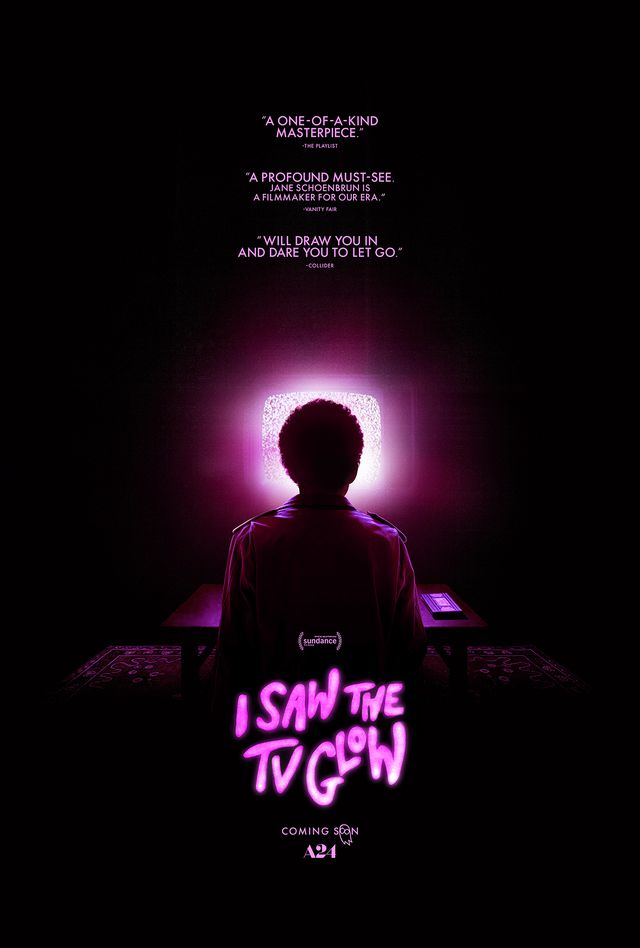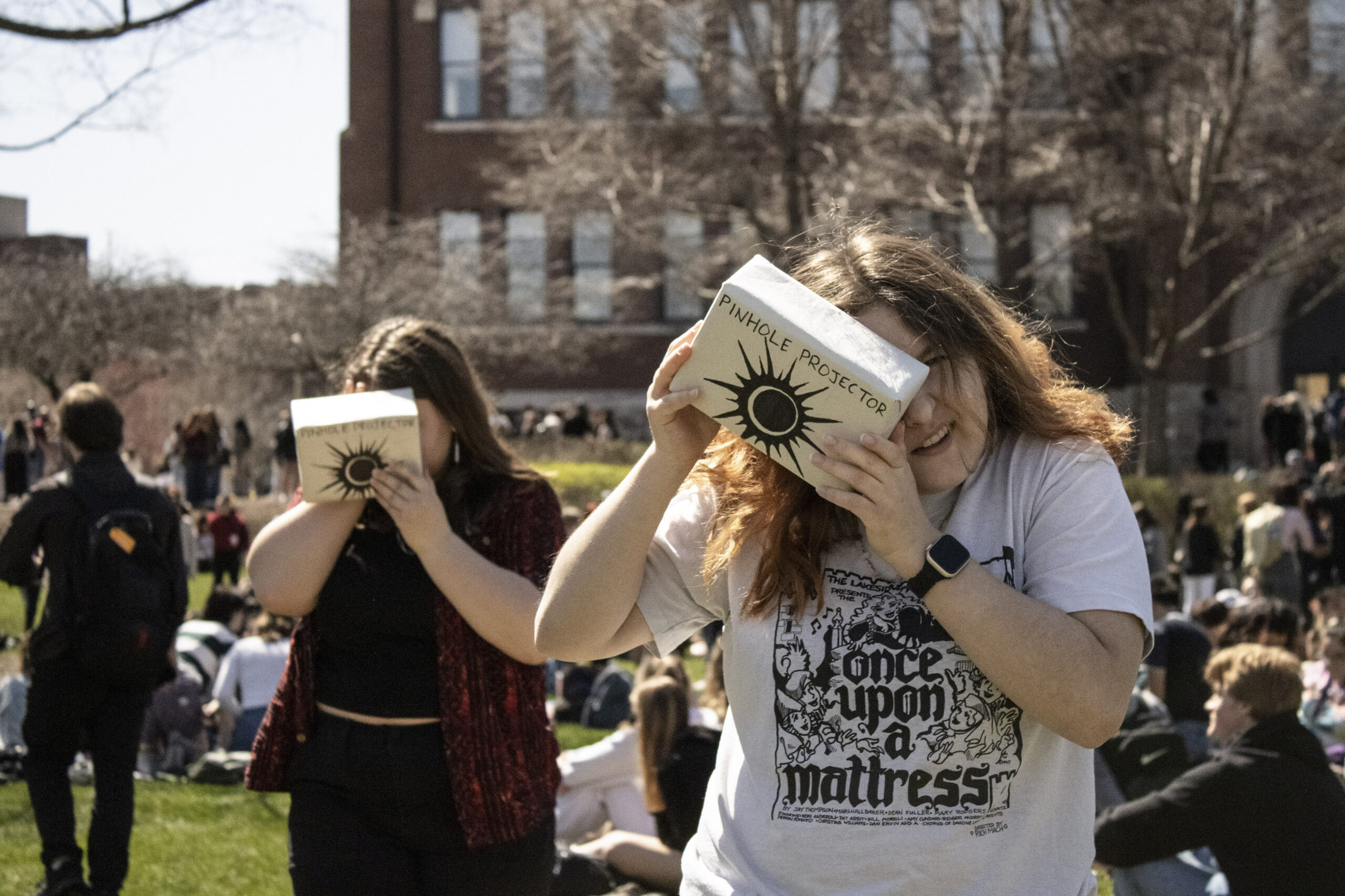Zelda Williams’ “Lisa Frankenstein” is a delightfully fun meshing of the gothic horror of Frankenstein and the angsty camp of 80’s classic.
She Slays, He Decays in ‘Lisa Frankenstein’

Melodrama, madness and mommy issues.
Director Zelda Willaims’ first feature-length film “Lisa Frankenstein” is a campy horror rom-com inspired by Mary Shelley’s classic gothic novel “Frankenstein.”
Akin to Frankenstein’s monster, the film is an amalgamation of various genres. Elements of classic ‘80s movies — teenage angst, witty dialogue and stereotypical characters — with features from gothic literature — ennui, revenge and the supernatural — blend together to shape “Lisa Frankenstein.”
The film addresses inner turmoil, loneliness and the preservation of personal relationships.
Kathryn Newton stars as Lisa Swallows, a socially awkward teen grieving the murder of her mother. Forced to live with her narcissistic stepmother Janet (Carla Cugino) and exuberant stepsister Taffy (Liza Soberano), she finds her only friend to be the gravestone of an unwed man she’s grown attached to. By a stroke of luck, lightning hits the dead man’s grave, resurrecting him as the creature played by Cole Sprouse.
Newton’s (“Big Little Lies,” “Ant-Man and the Wasp: Quantumania”) portrayal of Lisa is earnest, conveying her loneliness and clumsiness — trademarks of teenagehood. Comical line delivery and vulnerable crying scenes augment the character’s charm.
Likewise, Sprouse (“Riverdale,” “Five Feet Apart”) expertly tackles the creature’s characterization. Despite only having one line, Sprouse exaggerates his facial expressions and convulsive movements to depict the creature as a loyal, undead lover to Lisa — with a distaste for anyone who wrongs her.
Stylistically, “Lisa Frankenstein” isn’t afraid to be zany and absurd. Each scene is aesthetically pleasing to watch, filled with bright colors, dramatic lighting and ingenious set design. Lisa’s bedroom is a space in authentic disarray. The maximalist decor features walls plastered with the character’s interests and a messy closet — flawlessly capturing her essence, including a “A Trip to the Moon” poster highlighting her love for the film.
Similar to Mary Shelley’s “Frankenstein,” the film uses Lisa and her relationship to explore a desire for intimacy combated by an inability to manage personal relationships.
Lisa is an unhinged and imperfect mess — a refreshing breakaway from the emotionally shallow protagonists polluting the comedy genre. A social outcast wrought by loneliness, her character’s judgment is hampered by newfound attention from the creature.
While the movie was marketed with the romantic relationship at the forefront, Lisa’s relationship with Taffy is central to the plot.
In her first major movie role, Soberano’s performance as the bubbly, self-important Taffy is a sobering foil to Newton’s portrayal of Lisa. In spite of their differences, Taffy’s relentless efforts to forge a sisterly bond with Lisa is central to the contention that companionship can be reached, even between polarized characters.
Despite strong performances from the cast, thoughtful set design and production, the movie’s pitfall is in its pacing. Some scenes dragged on, losing focus of the overall plot. Other scenes flew by without sincere dissection of emotionally impactful interactions between characters.
Nevertheless, “Lisa Frankentein” is a film with a strong narrative vision. It’s suited to be enjoyed by general audiences and loved by fans of campy, relatable girl-losers.
“Lisa Frankenstein” is now playing in theaters.
Featured image courtesy of Focus Features










